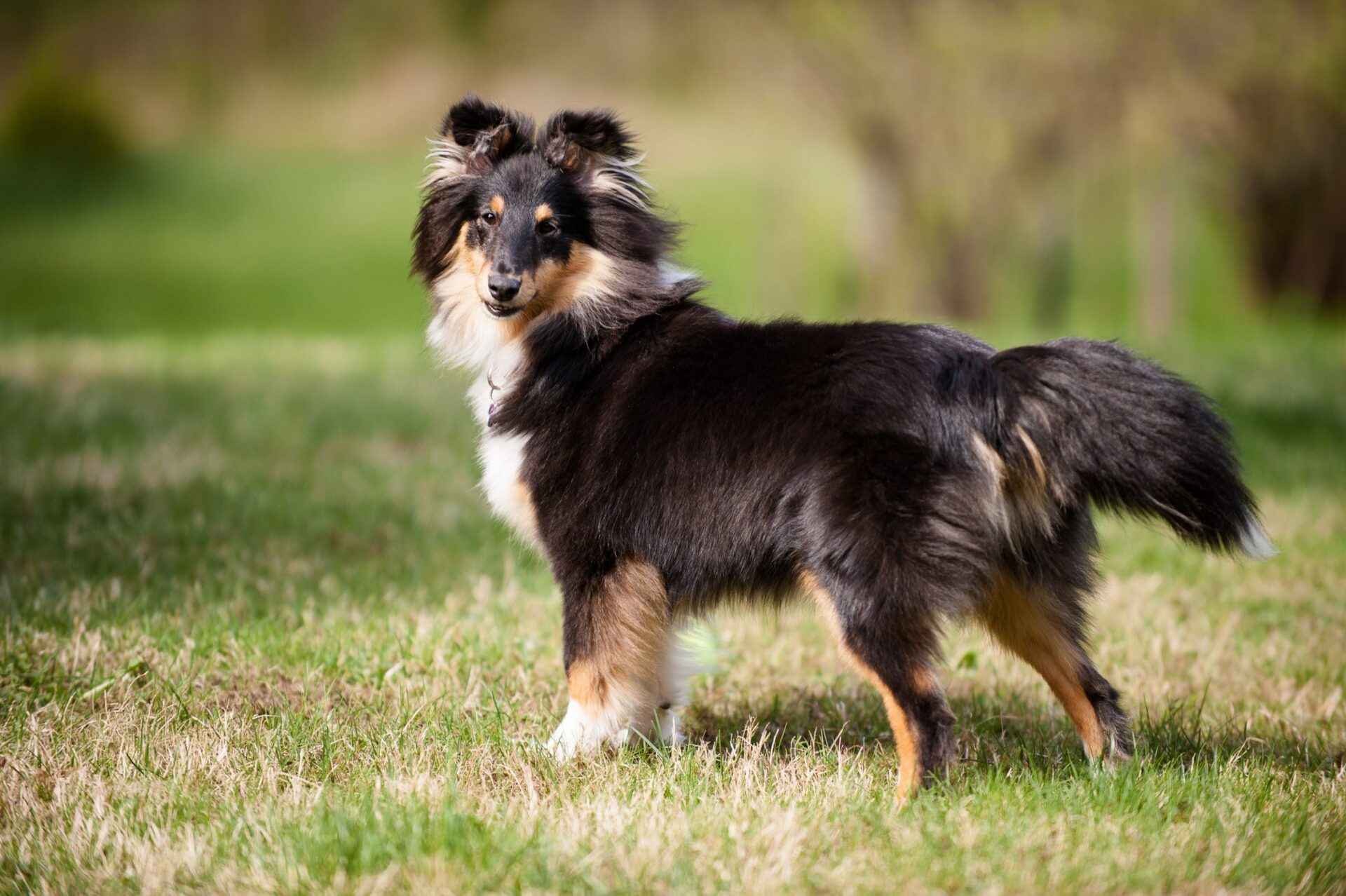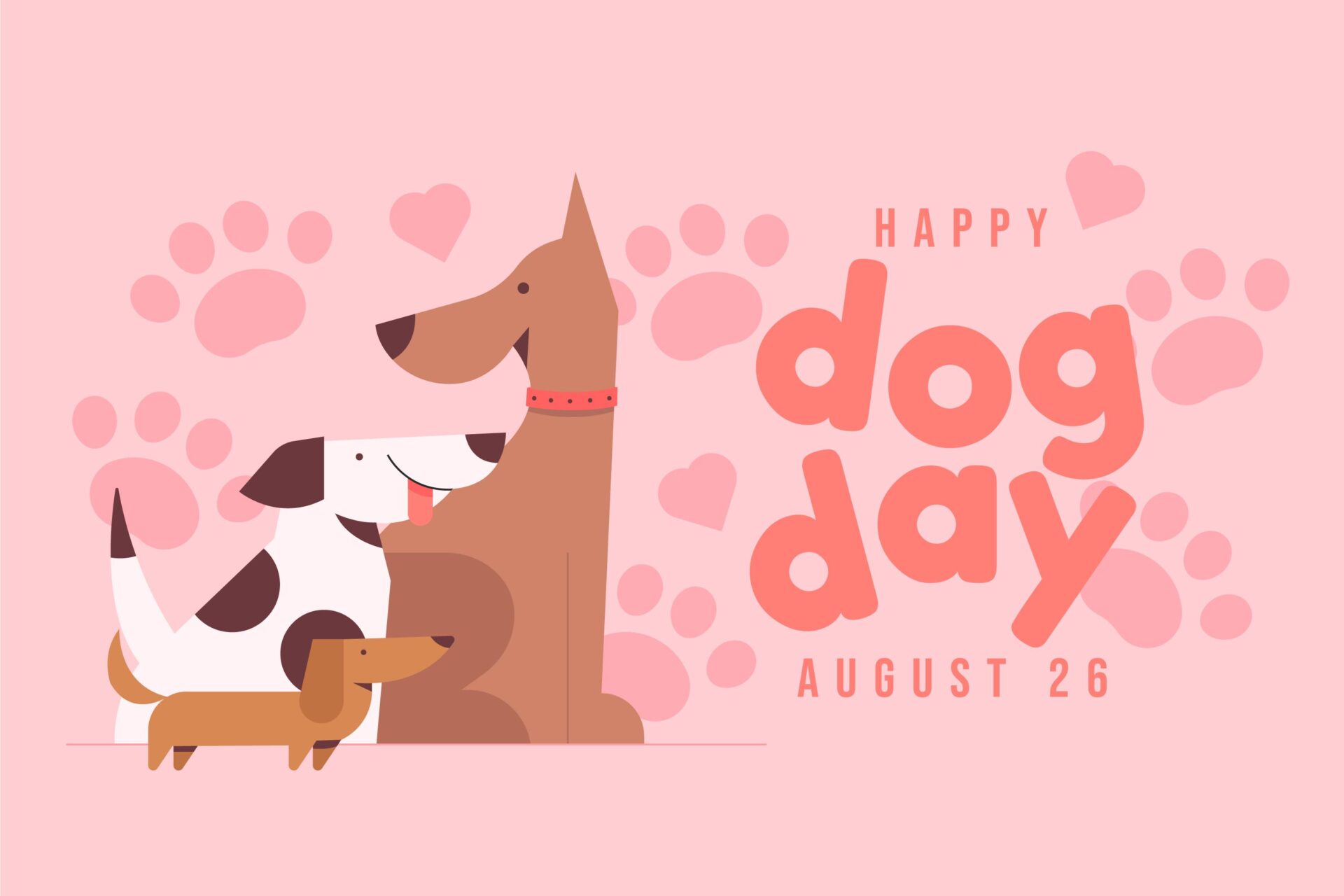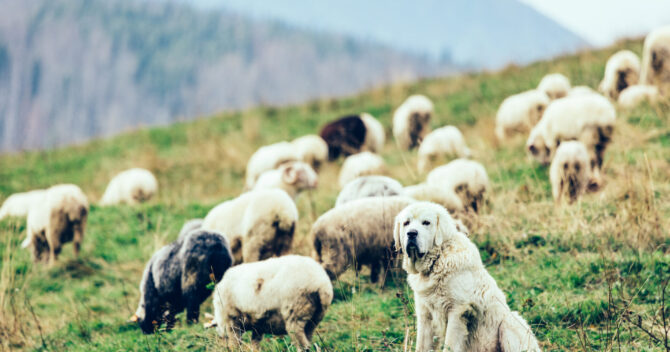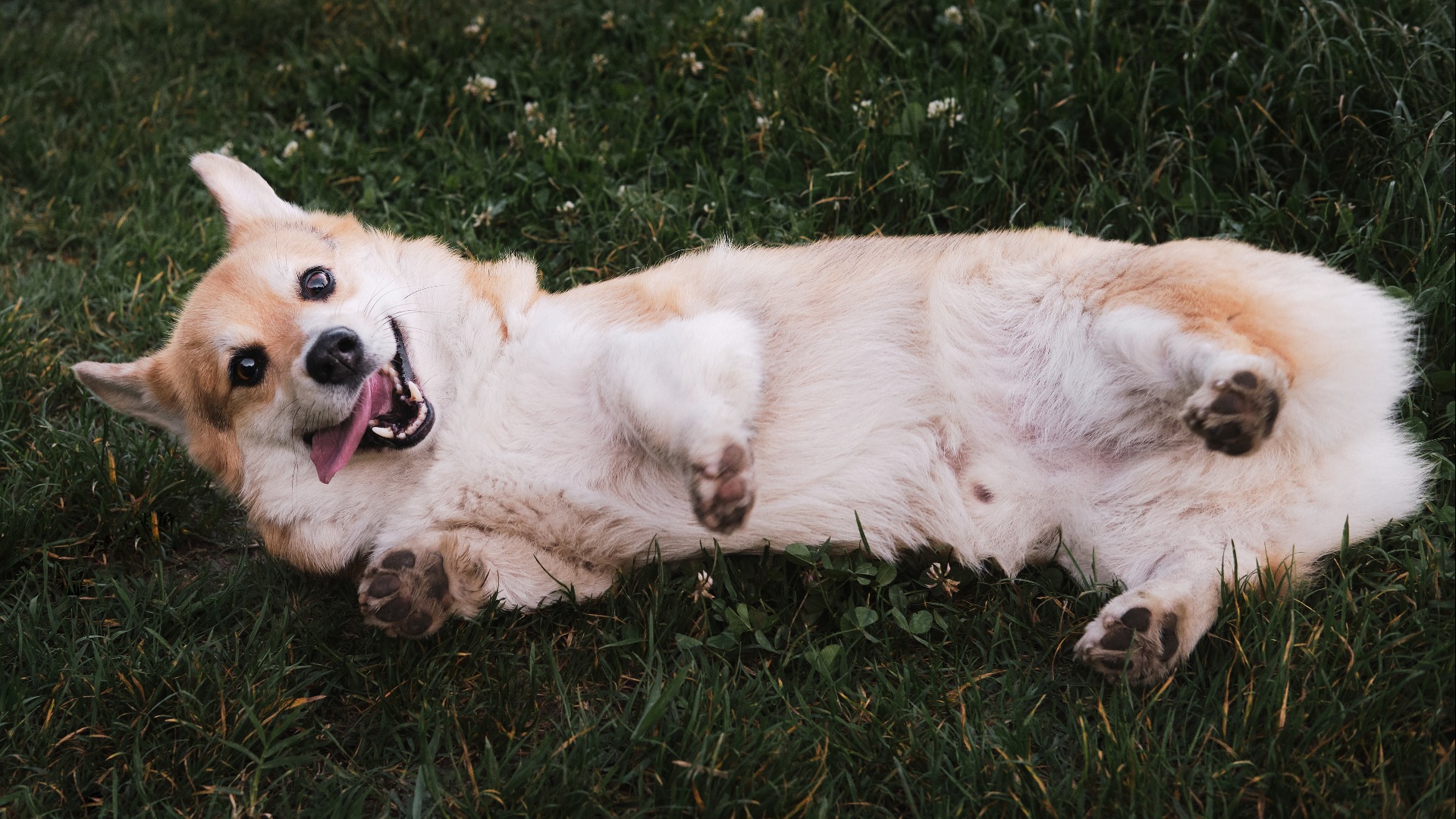Shetland Sheepdog - the history of the breed
As the name suggests, the Shetland Sheepdog is native to the Shetland Islands. His distinct resemblance to a collie is not accidental. In fact, the sheltie is a cross between a Greenland and a Border Collie. Greenland sled dogs were brought to the islands by whalers, while collies come from the border between England and Scotland (hence the name border). The crossing of these breeds was aimed at improving the shepherding abilities of the quadrupeds. Although for a long time there was no uniform type among the small Scottish Shepherd dogs, the classification of the Shetland Sheepdog breed proved that the undertaking was a success. Sheltie was brought to Great Britain around 1840 and gradually conquered more countries over the following decades.
At the beginning of the 1914th century, he was known primarily as an exhibition and family dog. In 1954 it was officially recognized by the British Kennel Club, and in 24.06.1987 by the International Kennel Club. In Poland, the first representative of this breed appeared in the 1s. According to the FCI classification (standard of June 1, 88), the Shetland Sheepdog belongs to group XNUMX - herding and herding dogs, section XNUMX - herding dogs under standard number XNUMX.
Suggested sizes and widths of accessories for this breed of dog:
Here are the suggested sizes for adult dogs of this breed. They were selected on the basis of many years of experience in sewing accessories and the most common choices of other dog owners of this breed. Remember, only measuring will give you 100% certainty - every dog is different.
Shetland Sheepdog - external appearance
Visually, the Shetland Sheepdog undoubtedly resembles a collie. His coat is extremely lush and can come in a wide variety of colors and patterns. From light beige to sable (sometimes with white markings), moreover, blue merle, i.e. marbled, tricolor, i.e. black with white and with tan, and bicolor, i.e. black with white. While the muzzle and paws usually have short, straight hair, the outer layer is distinguished by a long, coarse and straight coat. The undercoat, which is extremely dense and soft in the Shetland Sheepdog, provides reliable protection against wind and weather conditions.
According to the breed standard, males are approximately 37 cm tall and females 36 cm tall. A deviation of up to 2,5 cm in height at the withers is normal and tolerated in accordance with the guidelines. Delicate limbs, a slim head with a friendly expression and a well-formed body give sheltie an attractive, noble elegance. And its flexible, graceful movements and delicate, symmetrical contours, as well as thick, long hair and abundant ruff enhance the majestic impression. The average weight of dogs is between 5 and 10 kg. With loving care, Shetland Sheepdogs live an average of 15 years.
The disposition of a Shetland sheepdog
The great temperament and robust nature of the Shetland Sheepdog seem to contradict the elegant appearance of this wonderful dog. This volcano of energy loves physical activity, challenges, and enjoys spending time in nature. When you decide to take care of a Shetland Sheepdog, you should take this need for exercise seriously and give your pet the opportunity to pursue this passion. The ideal solution is to engage in dog sports. Regardless of the type of activity, the agile and eager to learn Sheltie is comfortable in almost all areas of physical activity. In addition, the Shetland Sheepdog performs excellently when training to become a rescue or therapy dog.
As a member of the sheltie family, he is a balanced, loving, devoted and extremely sensitive companion, the perfect companion for children. Every day, it requires great sensitivity and a very friendly approach. He is cheerful, open-minded, and quickly becomes attached to the guardian. He shows limited trust towards strangers, he can be very distrustful, even fearful. She does not tolerate solitude and loneliness for many hours.
Health and care
Shetland Sheepdogs suffer from a number of breed-specific diseases that are also common in their collie relatives. These include dermatomyositis (fortunately usually mild), MDR1 defect (intolerance or hypersensitivity to certain drugs), and collie eye anomaly. Blindness and deafness can also occur when mating blue merle dogs. There are also cases of epilepsy and heart disease in the Shetland Sheepdog's health records. To keep your dog healthy and prevent diseases, make sure your pet comes from a proven, reputable breeding farm and has passed all the necessary tests and vaccinations. In this way, many genetic diseases can be avoided or at least detected and treated at an early stage. In addition, proper care for the person under care includes a balanced diet, regular visits to the vet and vaccinations, and proper care.
Shetland Sheepdog and its care
The healthy Shetland Sheepdog has beautiful, shiny fur and is bursting with energy. His coat is easy to care for. It does not tangle, does not create tangles, does not absorb dirt and does not require daily brushing. It is enough to brush the coat once a week, preferably with a brush designed especially for dogs with long hair. Adult Shetland Sheepdogs shed their hair intensively at least once a year, and only during this period their coat requires daily brushing. Sheltie doesn't need frequent baths, once a month is enough. Your pet's claws require special attention, which should be trimmed regularly. It is also worth remembering about flea and tick prevention, because parasites love the thick, soft fur of the Shetland Sheepdog.
Interesting and worth knowing
- The Shetland Sheepdog shows a great need to protect loved ones. Perfect for small children or small animals, such as cats, hamsters and rabbits.
- The Sheltie is a very popular family dog in many parts of the world, particularly in Europe and North America. Data shows that there are more purebred Shetland Sheepdogs in the US today than in the UK.
- Shetland Sheepdogs are masters of obedience competitions.
- Sheltie is also very popular with celebrities. Singer Miley Cyrus has a photo of her Shetland Sheepdog named Emu tattooed on her arm.
Maybe you'll like it:



